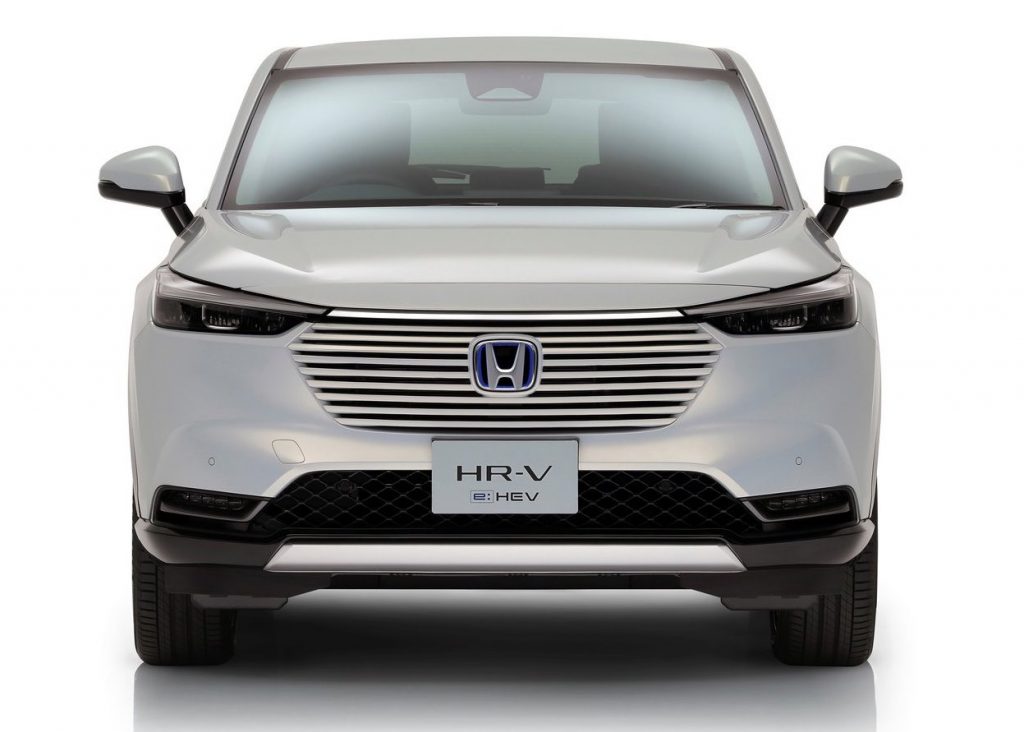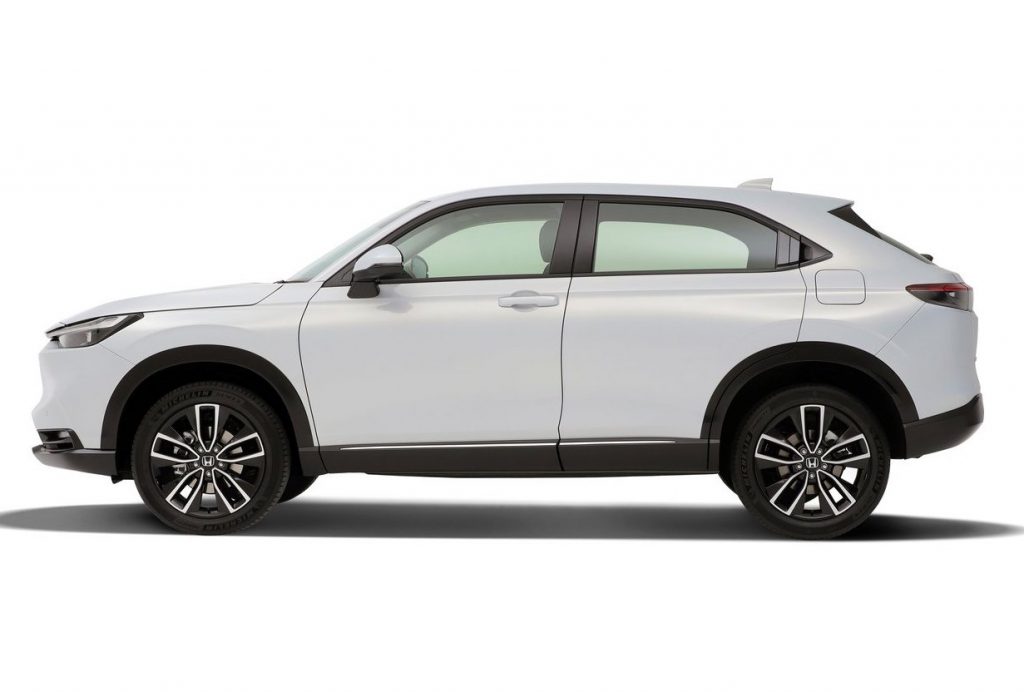Spec Vs Spec: Proton X50 Vs Toyota Corolla Cross

Could the bigger Toyota Corolla Cross topple the Proton X50’s sales dominance over here?
It has since become a pure statement of fact that the X50 is the compact crossover to beat whenever a new alternative shows up in Malaysia. Despite the newly-launched Perodua Ativa stealing some of the Proton’s thunder (and its segment sales crown) by undercutting it in terms of price, this particular rebadged Geely Binyue is nevertheless still the one that the likes of Honda, Mazda and now Toyota has to convince buyers to step away from and into its own offering.

Looking at the offerings from these aforementioned Japanese automakers however, the fully-imported Mazda CX-3 is just a little bit too small and pricey for most people, despite its premium quality. The Honda HR-V meanwhile, though still the go-to for those looking to buy a compact crossover without wanting a Proton badge, is undeniably getting a tad outdated, having already been on sale over here for some 7 years already.
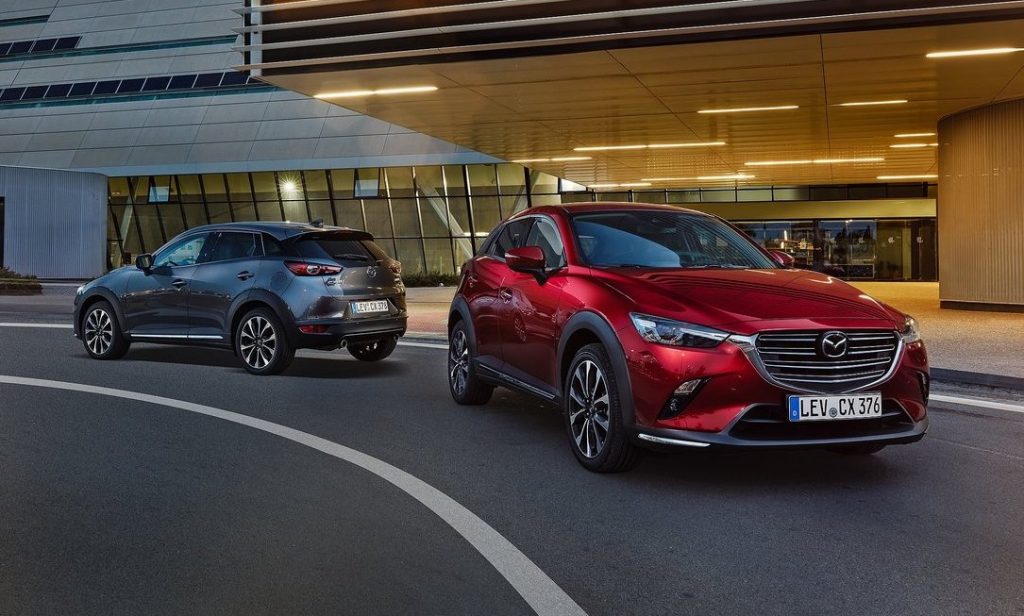
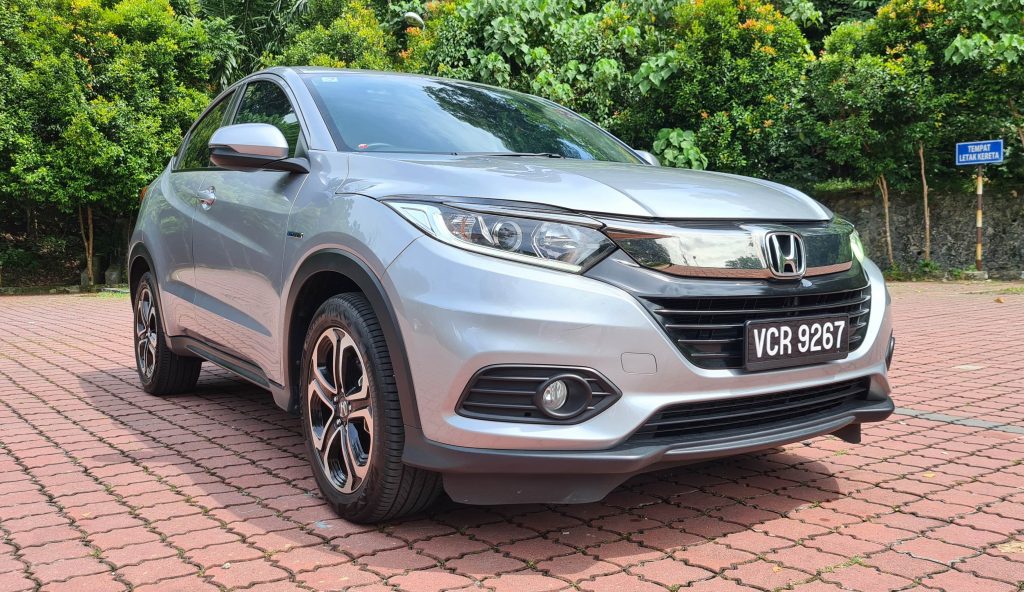
That therefore leaves us with the Toyota Corolla Cross that was recently launched locally. Could this then be the new compact crossover that will succeed the Honda HR-V as being the car convince prospective Proton X50 buyers back into the familiar arms of a Japanese make?

Well on initial comparison, the answer will most probably be no. For one, the Corolla Cross is half a segment larger than the X50. The Toyota is also quite a bit pricier spec-for-spec than the Proton.
Upon further consideration however, there will be (and have been) many buyers who are willing to pay more for the larger car. Moreover, the draw of the reputable Toyota badge on a competent enough alternative may be reason enough for buyers to abandon their long wait for the X50 into the arms of the Corolla Cross.
So there is actually merit then in warranting a closer comparison between both these cars, the best-selling top-spec versions of each especially. And that is exactly what is done here in this edition of Spec Vs Spec: Proton X50 TGDi Vs Toyota Corolla Cross 1.8V.
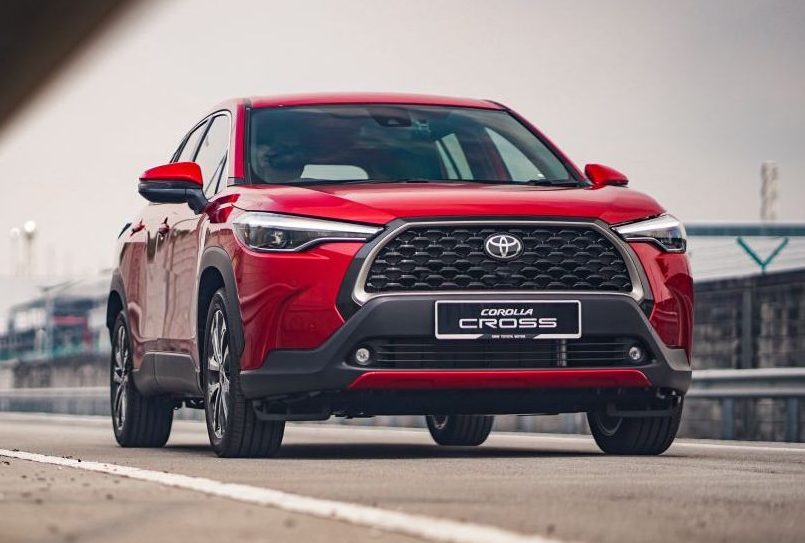
Exterior Specs
Kicking off with the exterior comparisons first, it should go without saying that the Corolla Cross is significantly larger than the X50 in every single dimension of measurement. More specifically, the Toyota is some 130 mm longer (4,460 mm vs 4,330 mm), 25 mm wider (1,825 mm vs 1,800 mm) and 11 mm taller (1,620 mm vs 1,609 mm) than the Proton.

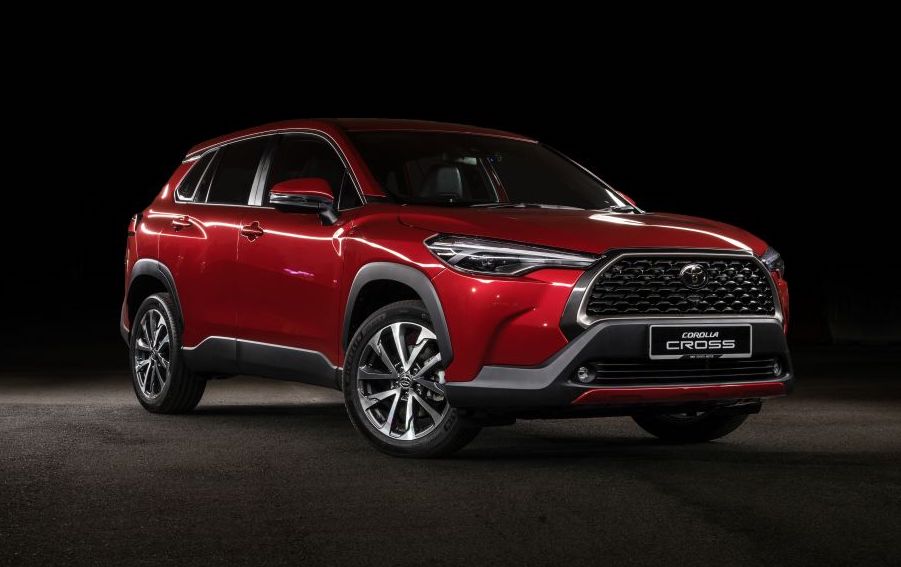
As for exterior kit however, there is actually not much splitting these two cars apart, particularly when comparing between the top-tier variants. Both these two crossovers feature LED headlights with DRLs and LED fog lights up front, 18-inch alloy wheels down the side and LED tail lights round the back. Both the Proton and Toyota are also rather interestingly also available in a selection of vibrant exterior hues.
The more sleekly-styled Proton however may pull off a slight edge here on the kit front, as this top-spec TGDi gains a panoramic sunroof, quad exhaust tips and a two-tone paint job over the Toyota. Then again, the more macho-looking Corolla Cross does counter with the inclusion more practical features like an acoustically laminated windshield for better refinement within the cabin.

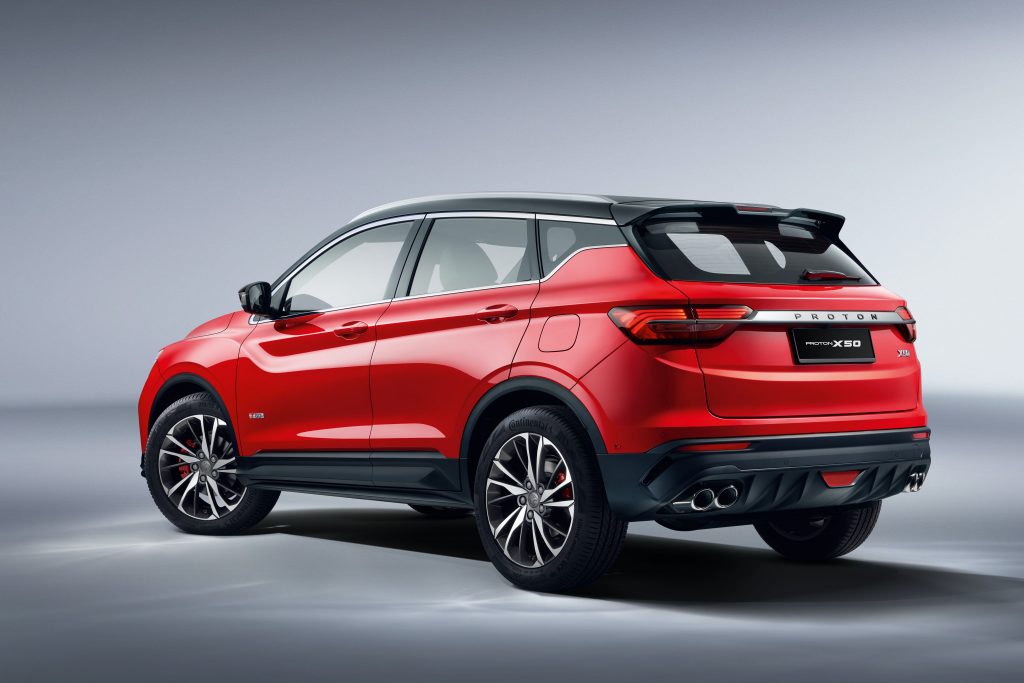
Interior Specs
Speaking of the cabin, the larger exterior dimensions of the Toyota does naturally translate to a larger interior than that of the Proton. A fact that is most apparent when comparing the boot space of both cars, as the Corolla Cross has a cargo capacity of 440 litres against the X50’s 330 litres.
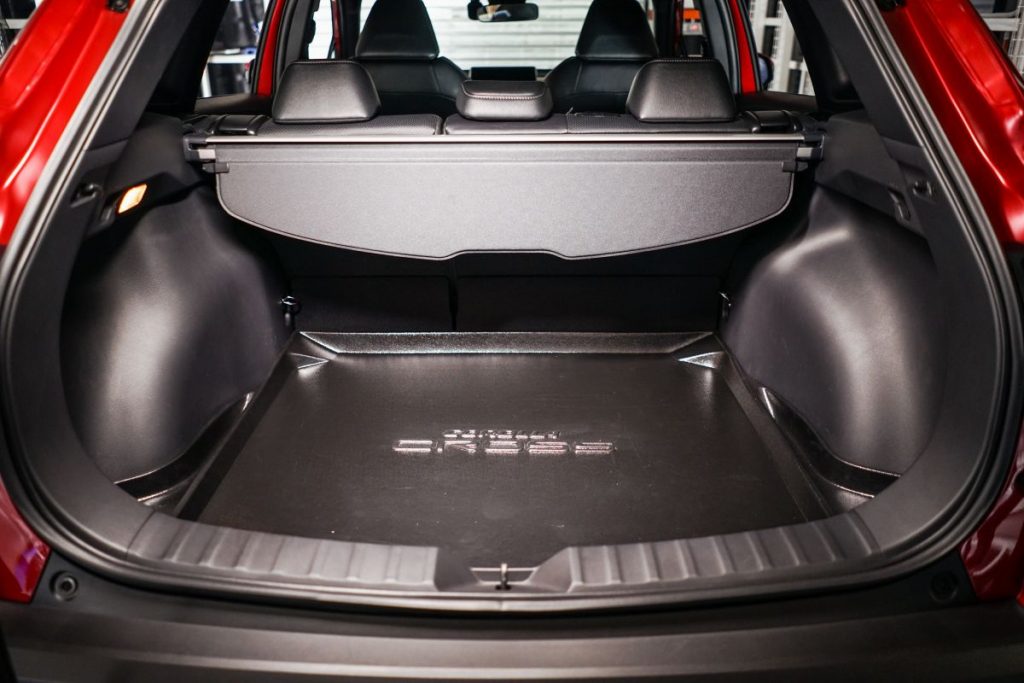
Much like the exterior comparison however, the Proton may have just have an edge over the Toyota on interior kit.
Starting with the Corolla Cross first, the highlights within its cabin (that is incidentally lifted straight from the Corolla sedan) will be a 9-inch central infotainment touchscreen with 6 speakers, a 4.2-inch digital display within an analog instrument cluster, automatic climate control with rear air vents, a powered driver’s seat, leatherette upholstery, keyless-go, a leather-wrapped multi-function steering wheel.

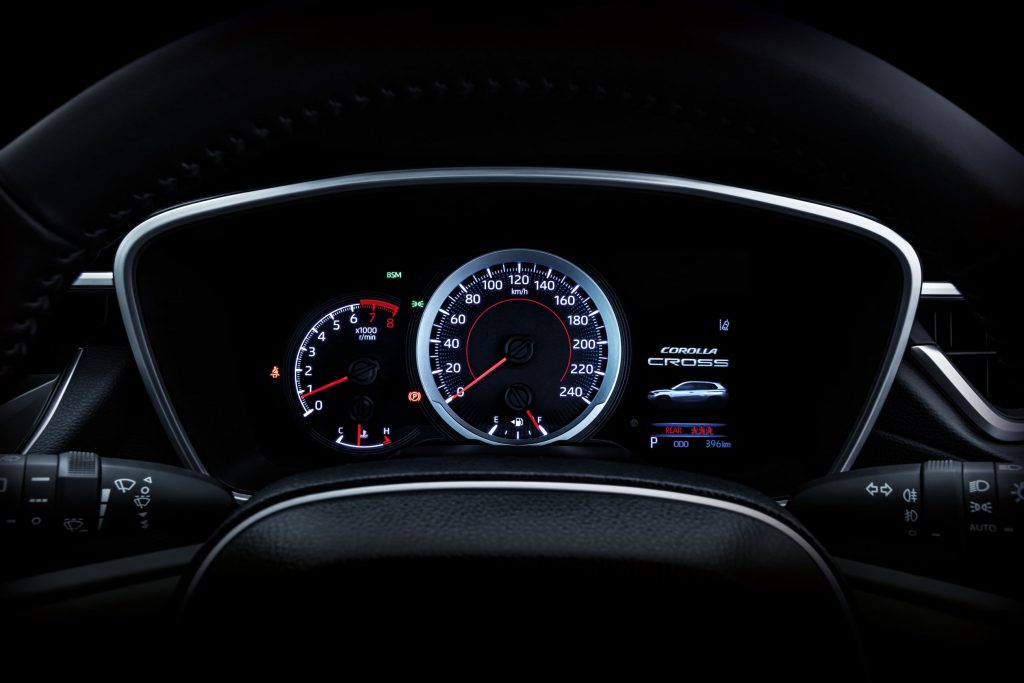
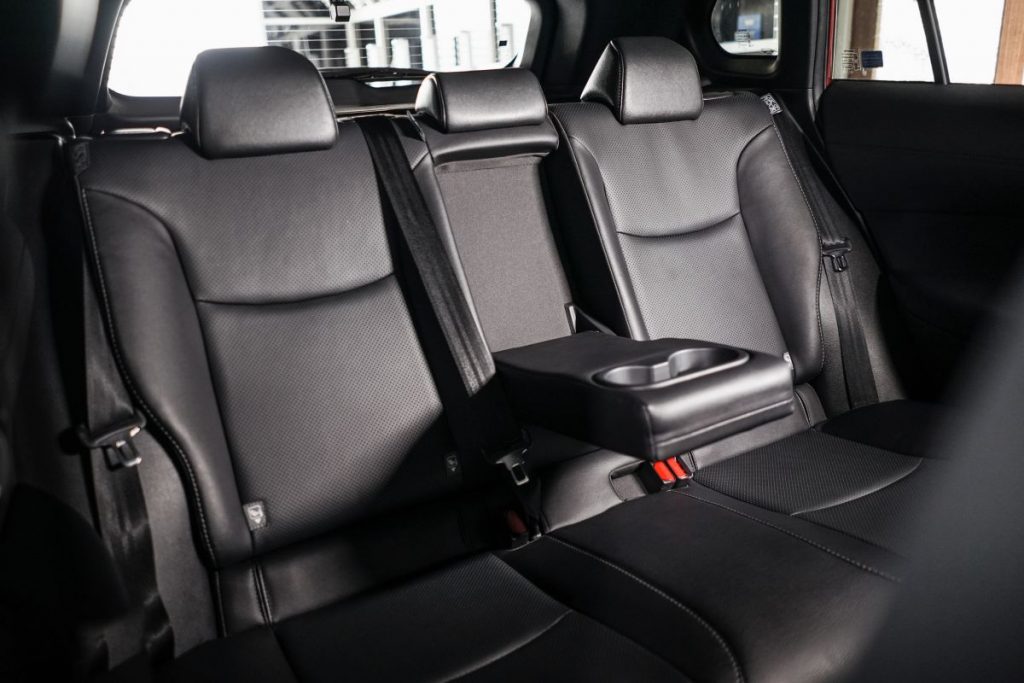
The X50 on the other hand has all of what the Corolla Cross has, and more. Coming with snazzier features like a larger 10-inch central infotainment setup with ‘Hey Proton’ voice activation, a fully digital 7-inch instrument cluster, a flat-bottomed steering wheel, front welcome lamps, an electric parking brake, an auto dimming rear-view mirror, automatic wipers, N95 cabin filter and remote control functionality via the Proton Link smartphone app.
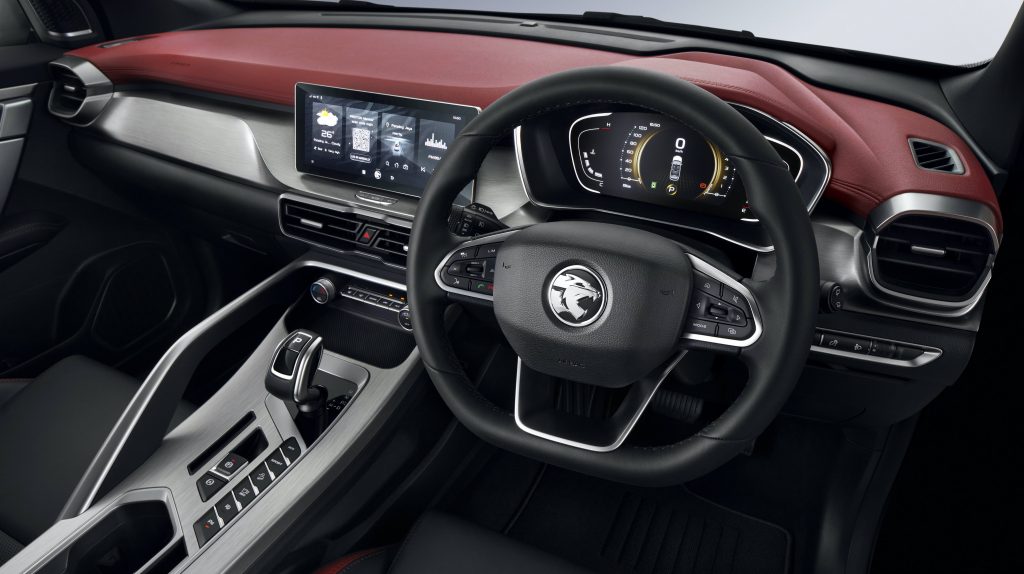


Missing however from the rebadged Chinese crossover are Apple CarPlay and Android Auto integration that is to be found on the Corolla Cross. The more practical Toyota also gains reclining rear seats of up to 6º, in addition to interior ambient lighting and a powered tailgate with kick sensor fitted as standard.
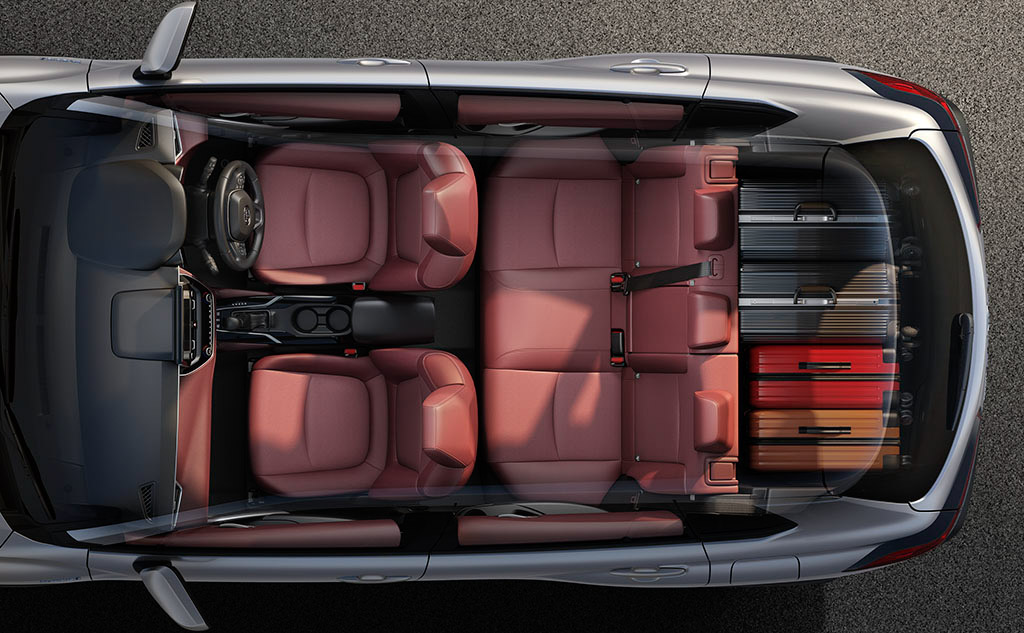
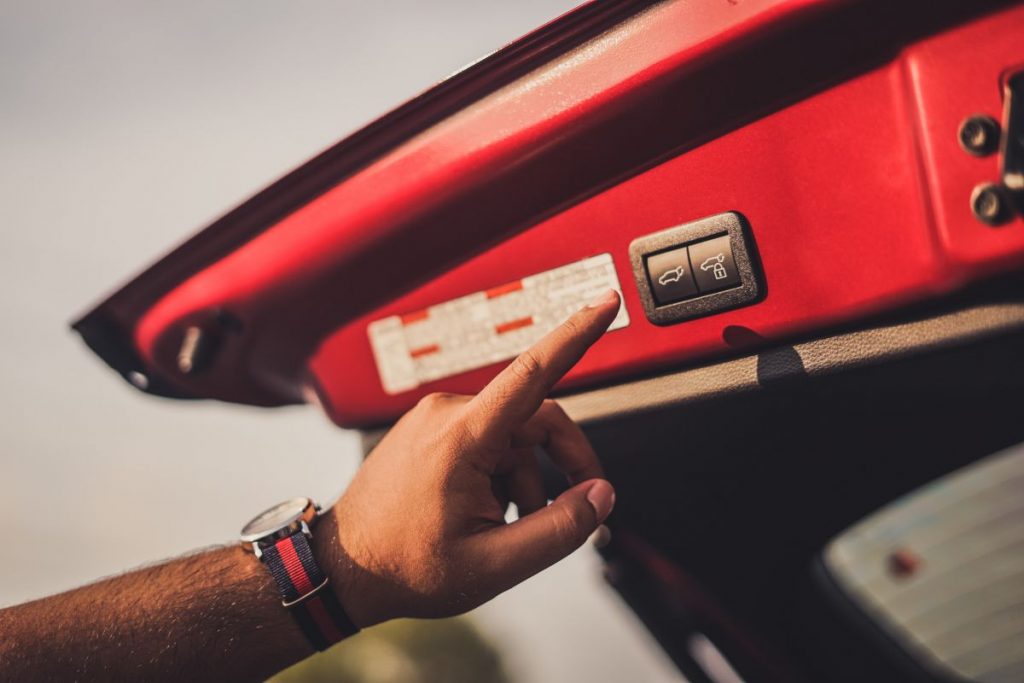
Performance Specs
Now continuing on the topic of practicality, the Corolla Cross continues along that ethos under the skin as it sitting on the same practical TNGA-C platform as its sedan sibling (not to mention the CH-R and the Lexus UX200). This in turn therefore translates to the same well proven (read: antiquated) 1.8 litre naturally aspirated four-cylinder and 7-speed Shift-matic CVT powertrain combination being found under the hood of this Japanese crossover.
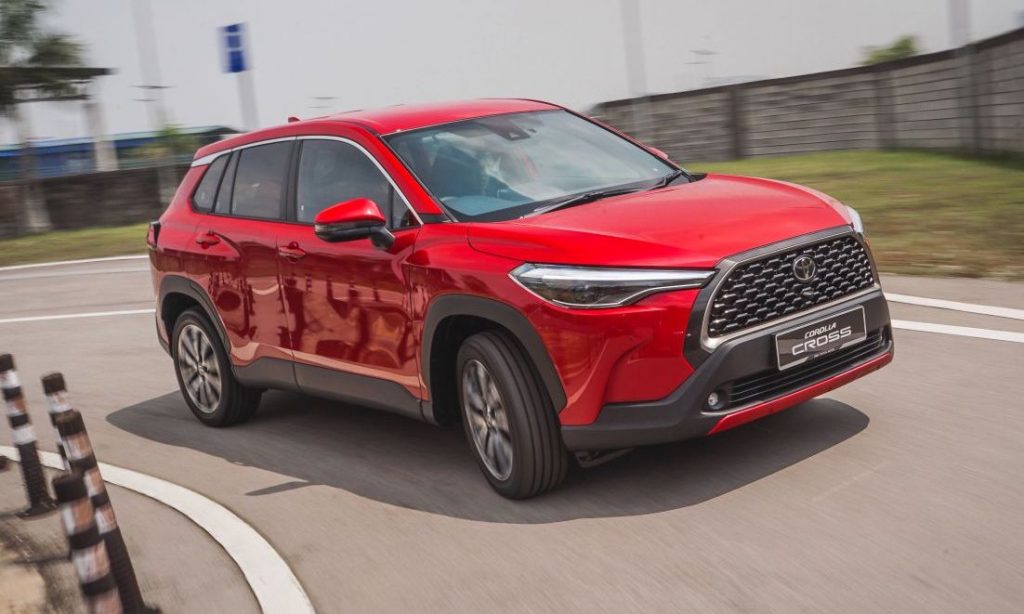
Outputting a reasonable 139 PS and 172 Nm of torque, the Corolla Cross would have enough power for the average family man. For those drivers who desire a bit more pep in their crossovers however, there is simply no getting around the fact that the smaller Proton incidentally also has a heap more power than the Toyota.
That is because driving the front wheels of the top-spec X50 is a rather potent 1.5 litre TGDi turbocharged three-cylinder that delivers an impressive 175 hp and 255 Nm of torque through a 7-speed dual-clutch transmission. Despite being one cylinder down on the Toyota, the addition of some forced induction in the Proton actually equates to a faster claimed 0-100 km/h time of just 7.9 seconds, while simultaneously also being able to deliver slightly better claimed fuel efficiency figure of 6.4 l/100 km too.


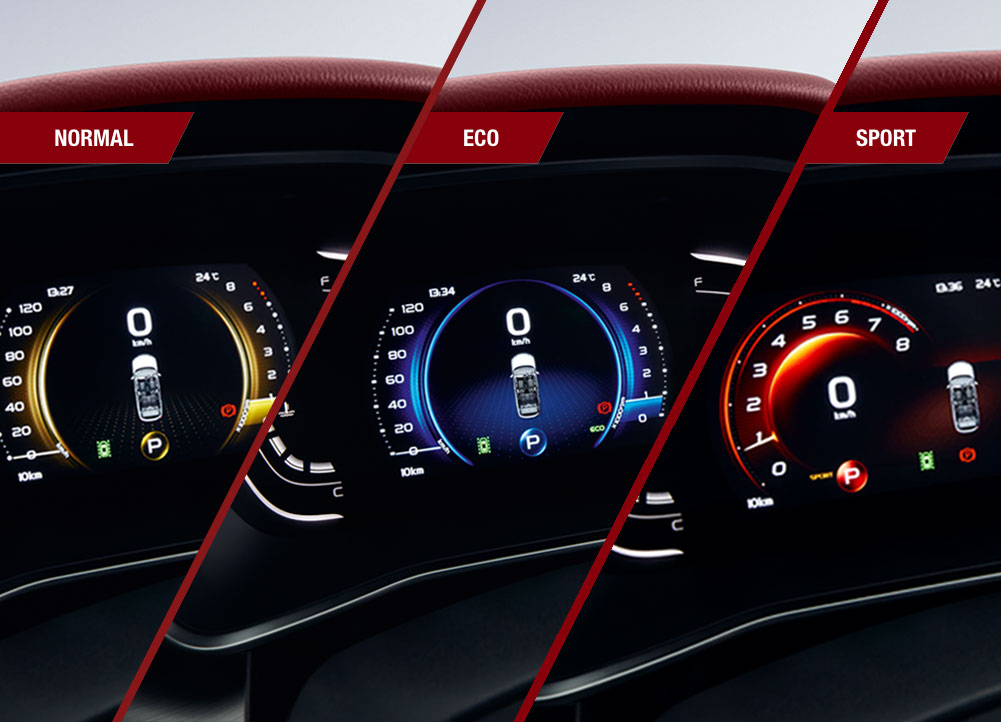
Moreover, the Toyota can’t actually claim much supremacy on the ride comfort front as the more sophisticated multi-link rear suspension setup was ditched in favour of a simpler torsion beam setup (as found on the X50 too) during the crossover conversion of the Corolla. What the Japanese crossover can claim though is perhaps the fact that this larger car may just be a bit more nimble than the smaller Proton, courtesy of a smaller turning radius of just 5.2 m instead of 5.4 m.
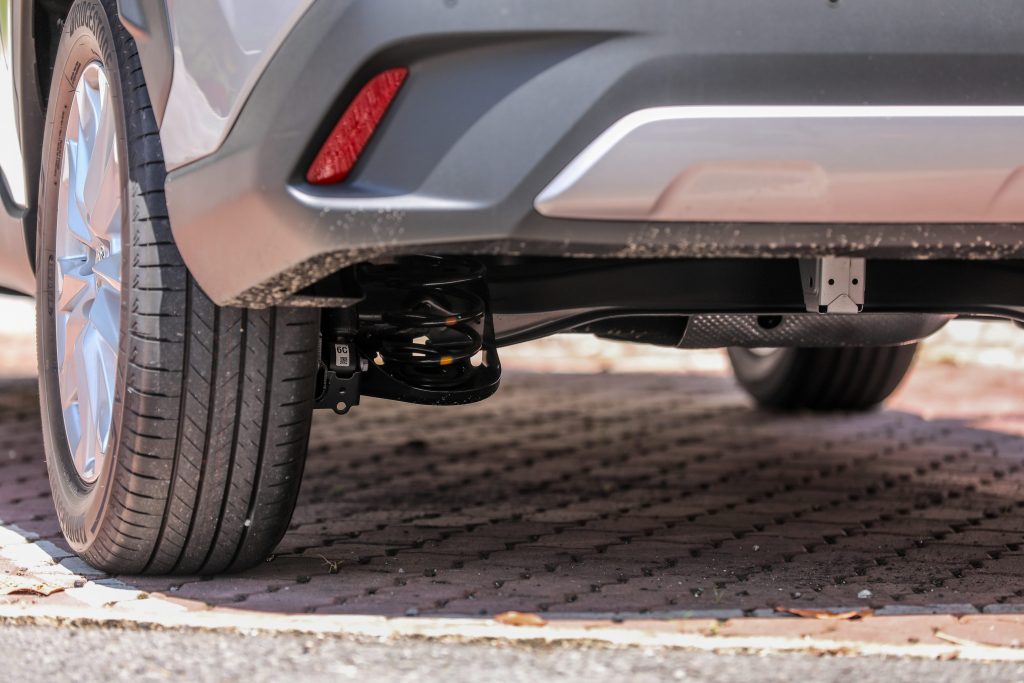
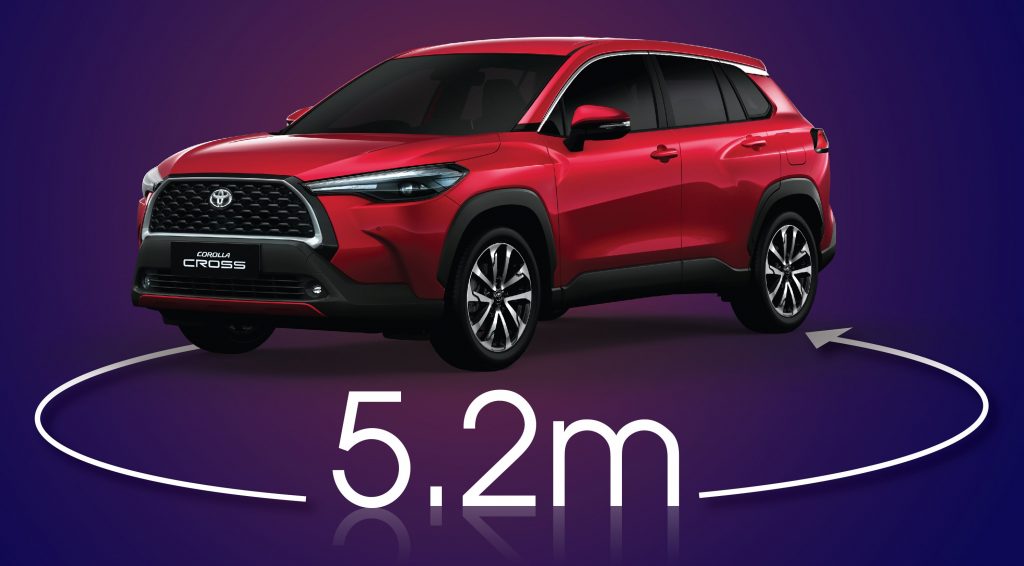
Safety Specs
Moving on to the safety specs of both these crossovers, both cars have been awarded the full 5-star safety rating by ASEAN NCAP and both cars are also similarly matched on passive safety kit, with perhaps the Corolla Cross perhaps coming out slightly ahead with 7 airbags (+ driver’s knee airbag) instead of the 6 in the X50 and the standard inclusion of the Toyota Vehicle Telematics System (VTS).
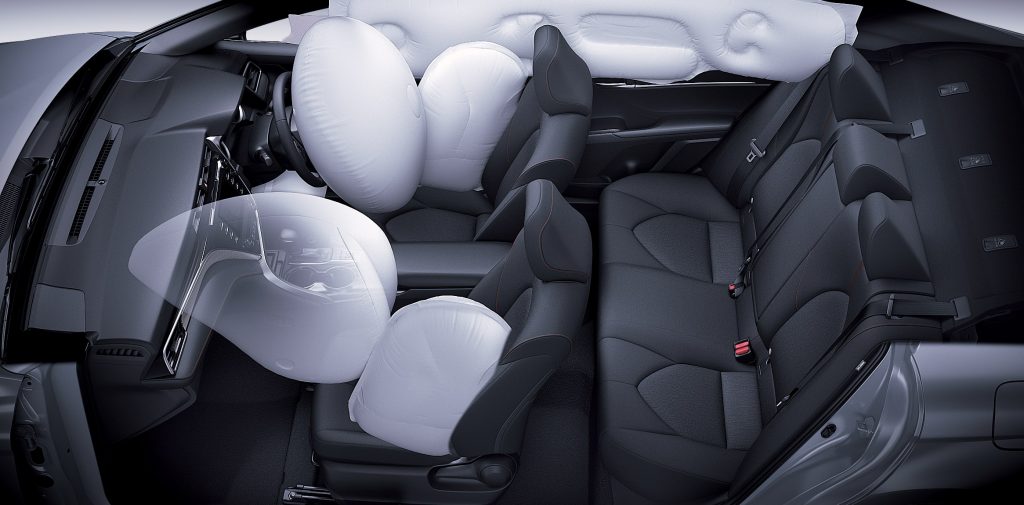


Where the Proton shines in this department however is with its more comprehensive suite of active driver aids. While the top-spec Corolla Cross features a boat load of safety tech as part of its Toyota’s Safety Sense, bringing with it Pre-Collision System (PCS), Lane Departure Alert (LDA) with Steering Assist, Dynamic Radar Cruise Control (DRCC), Automatic High Beam (AHB), Lane Tracing Assist (LTA), Blind Spot Monitor (BSM), Rear Cross Traffic Alert (RCTA), Tyre Pressure Warning System (TPWS) and a 360º surround view camera, the Proton adds on top of that Adaptive Cruise Control (ACC) with stop-and-go capability, active lane centring and Auto Park Assist (APA).
The Proton also gains two additional front parking sensors over the Toyota, though the does Corolla Cross comes with a front dash cam as standard, with the rear one being available as an option too.
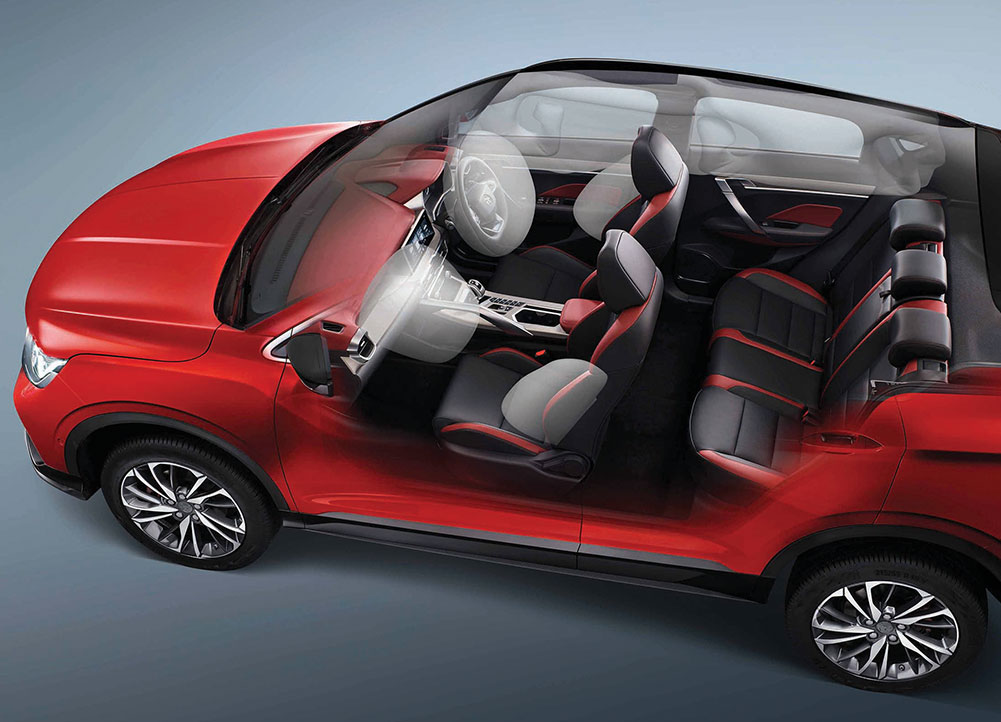
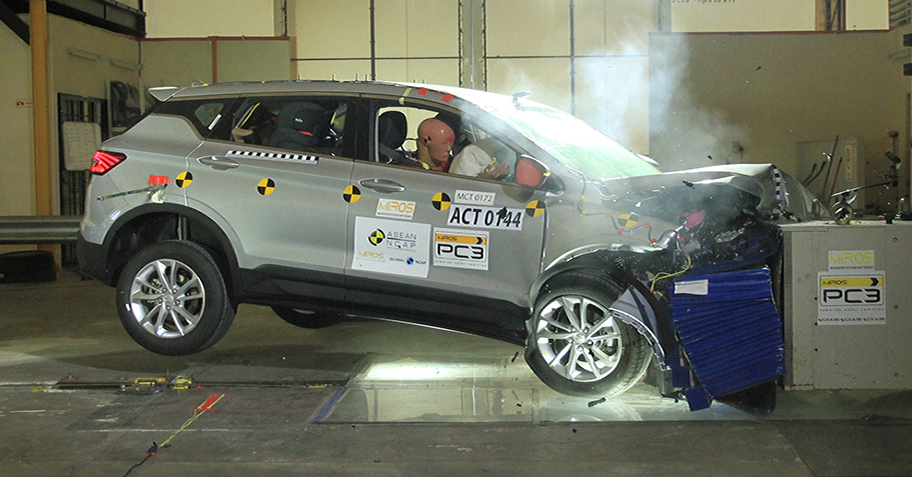

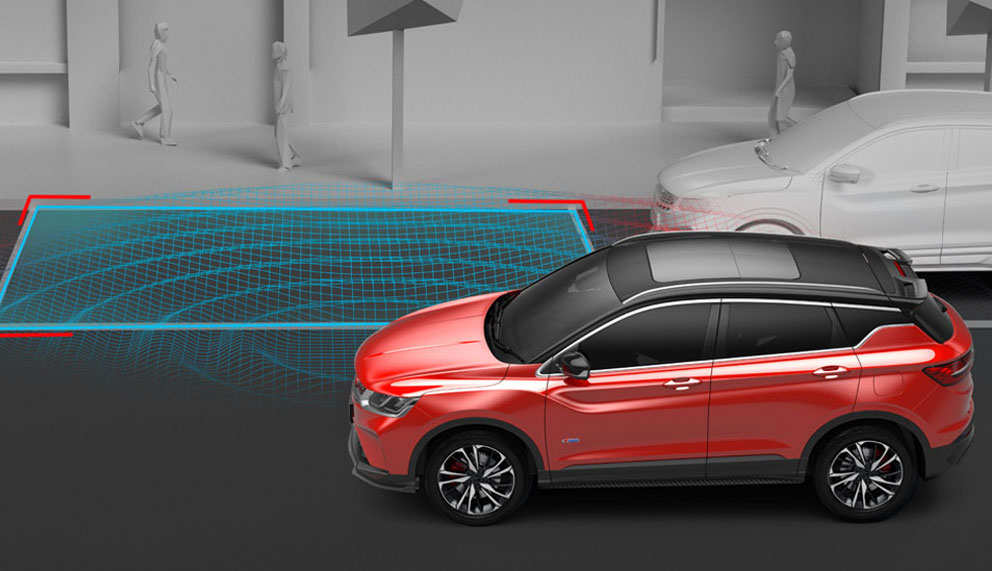
Price Specs
As for the prices of these crossovers, with the ongoing sales tax exemption in place, the X50 range currently starts from a shade under RM 80k and rising to RM 103,300 for the top-trim variant discussed here. The Corolla Cross meanwhile retails currently from RM 124k inclusive of sales tax exemption, though the highest-spec 1.8 V variant discussed here with all the aforementioned bells and whistles is priced at near RM 30k over the Proton at RM 134,000 (excluding sales tax exemption).
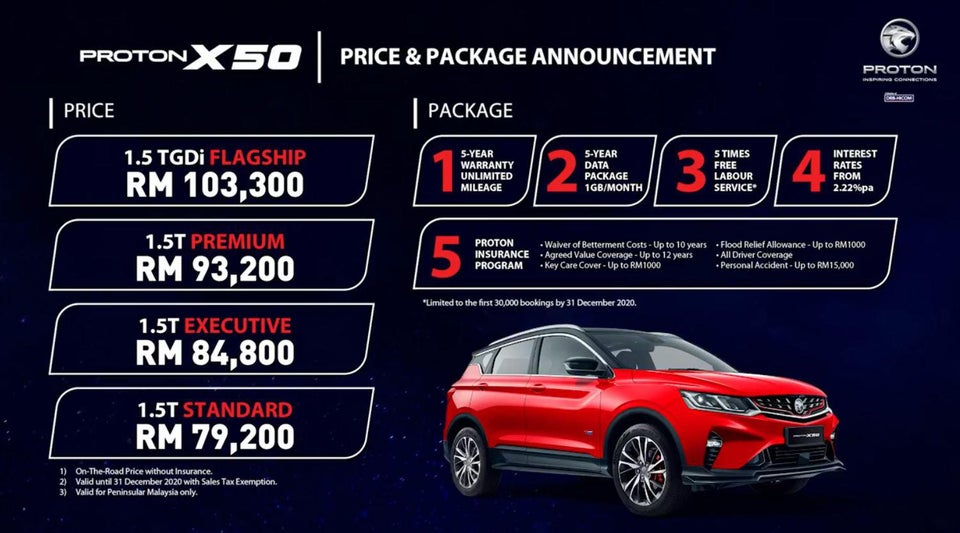
Both cars are come with 5-year unlimited milage warranties, though the X50 comes with three free services instead of the Corolla Cross’ two. The Corolla Cross however can be had with Toyota’s Service Savers maintenance plans, in addition to being available on its new Kinto One subscription plan.
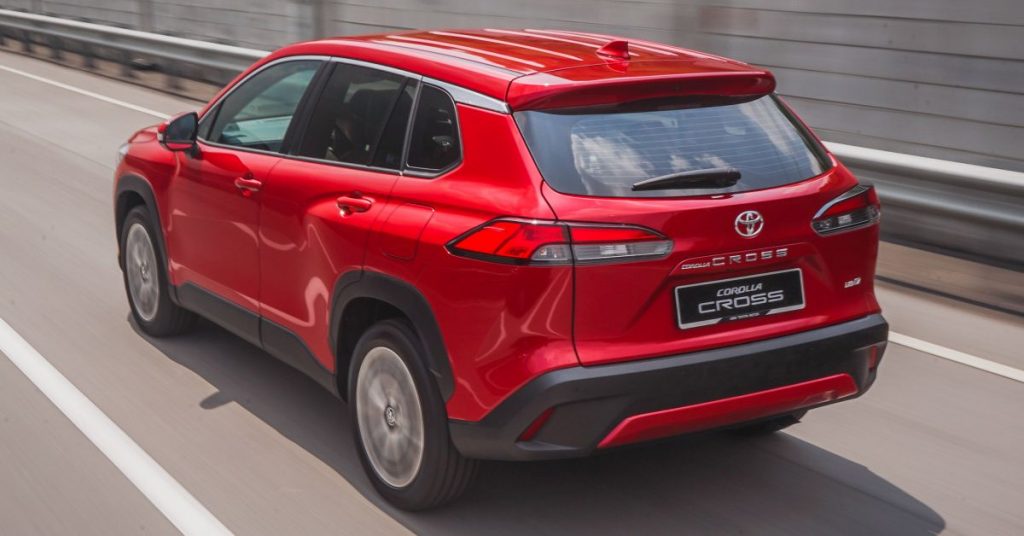
Final Thoughts
In summary, the Corolla Cross should definitely be on the list of anyone currently shopping for an X50. While it does undoubtably lack a few of the fancy features that are in the Proton, this larger Japanese crossover alternative has all the toys the family could possibly need, in addition to a few nicer practical touches too that the Sino-Malaysian model lacks.
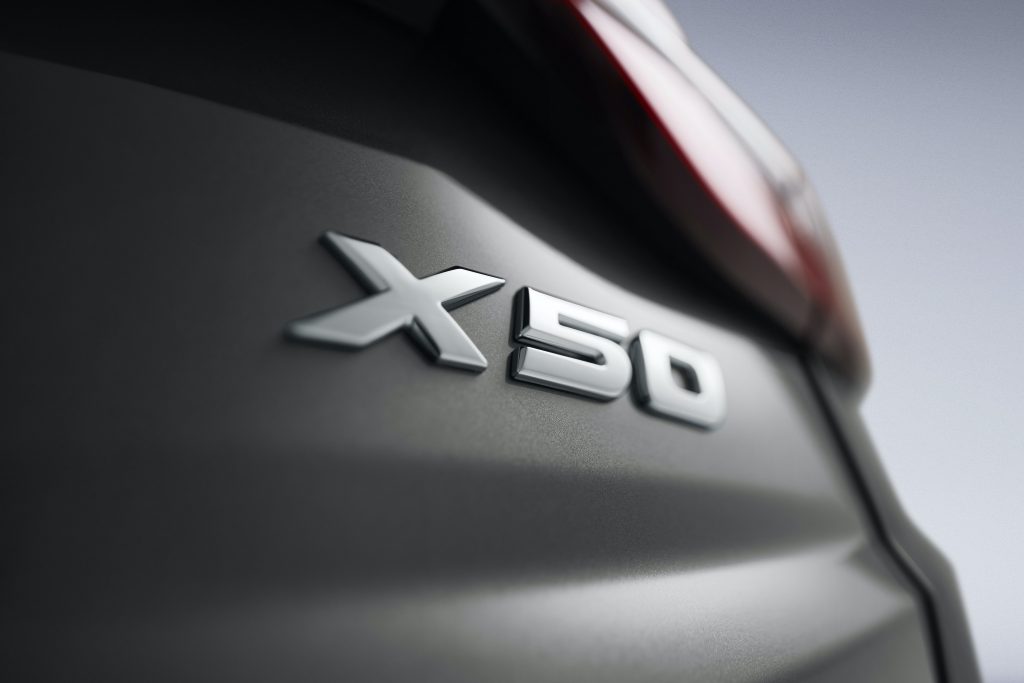
As a value proposition however, the Proton still perhaps take the cake in this comparison here due to the sheer amount of stuff offered by the X50 for such a minimal outlay. Having said that though, while the Toyota may currently be more expensive to purchase, the Japanese automaker’s historically rock solid resale values could mean that the Corolla Cross could turn out to be the more fiscally wise purchase in the long run.
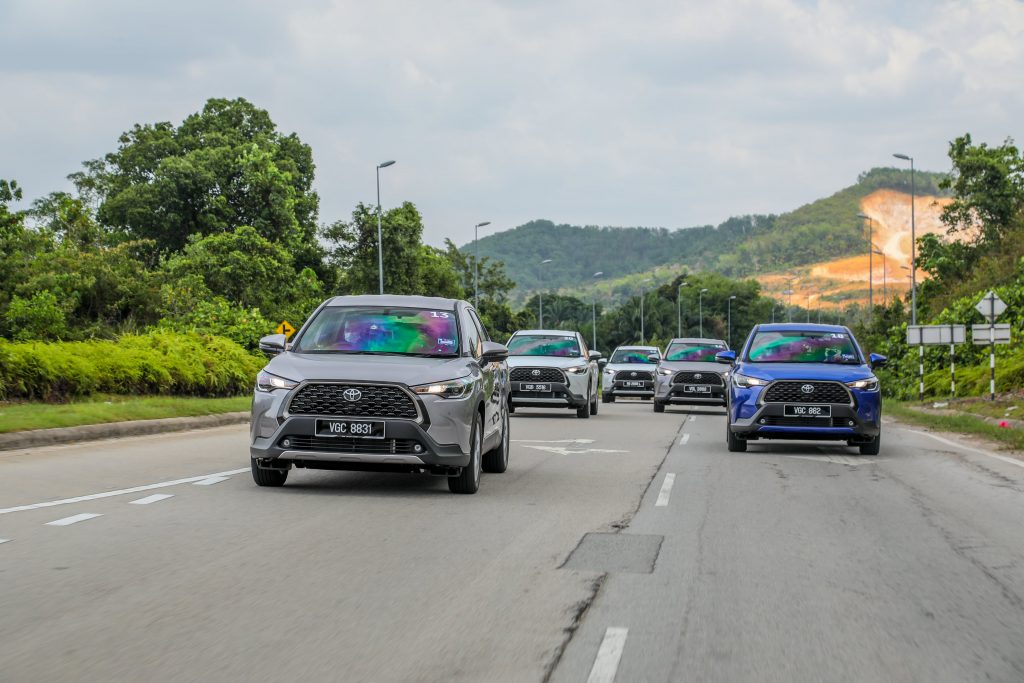
It all therefore depends on what exactly the potential purchaser of these crossovers are desiring: a smaller, faster, more technologically advanced Malaysian crossover or a larger, slower, more practical Japanese alternative. Either way though, seeing as the small number of locally-assembled Corolla Cross has yet to roll out over here and there is nearly a year long waiting list for the X50, buyers still have time to deliberate.
Cheekily, since you’re already waiting already, why not wait just a bit longer till the next generation Honda HR-V reaches our shores?
